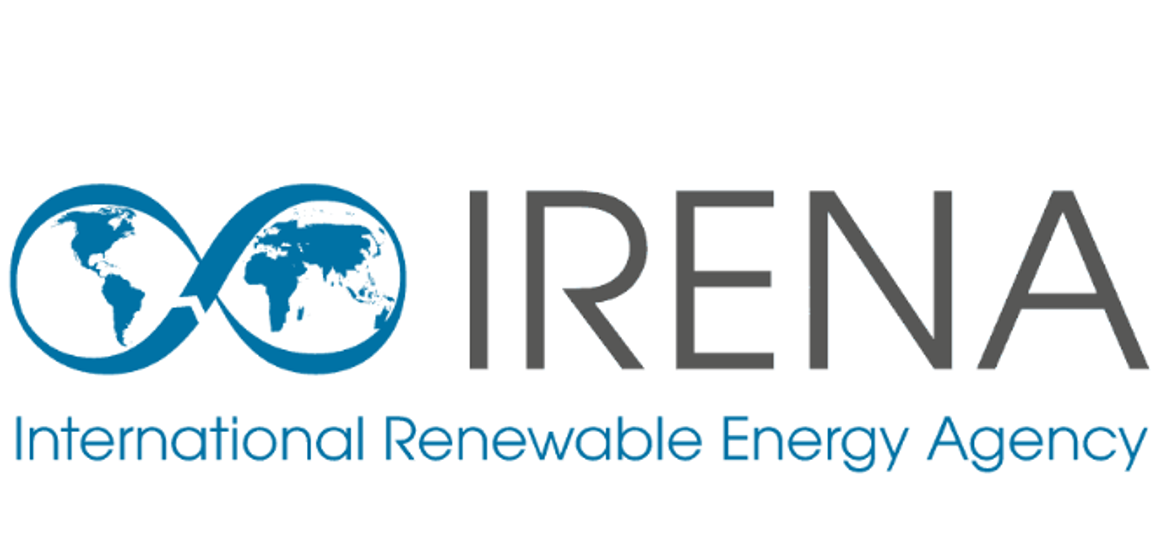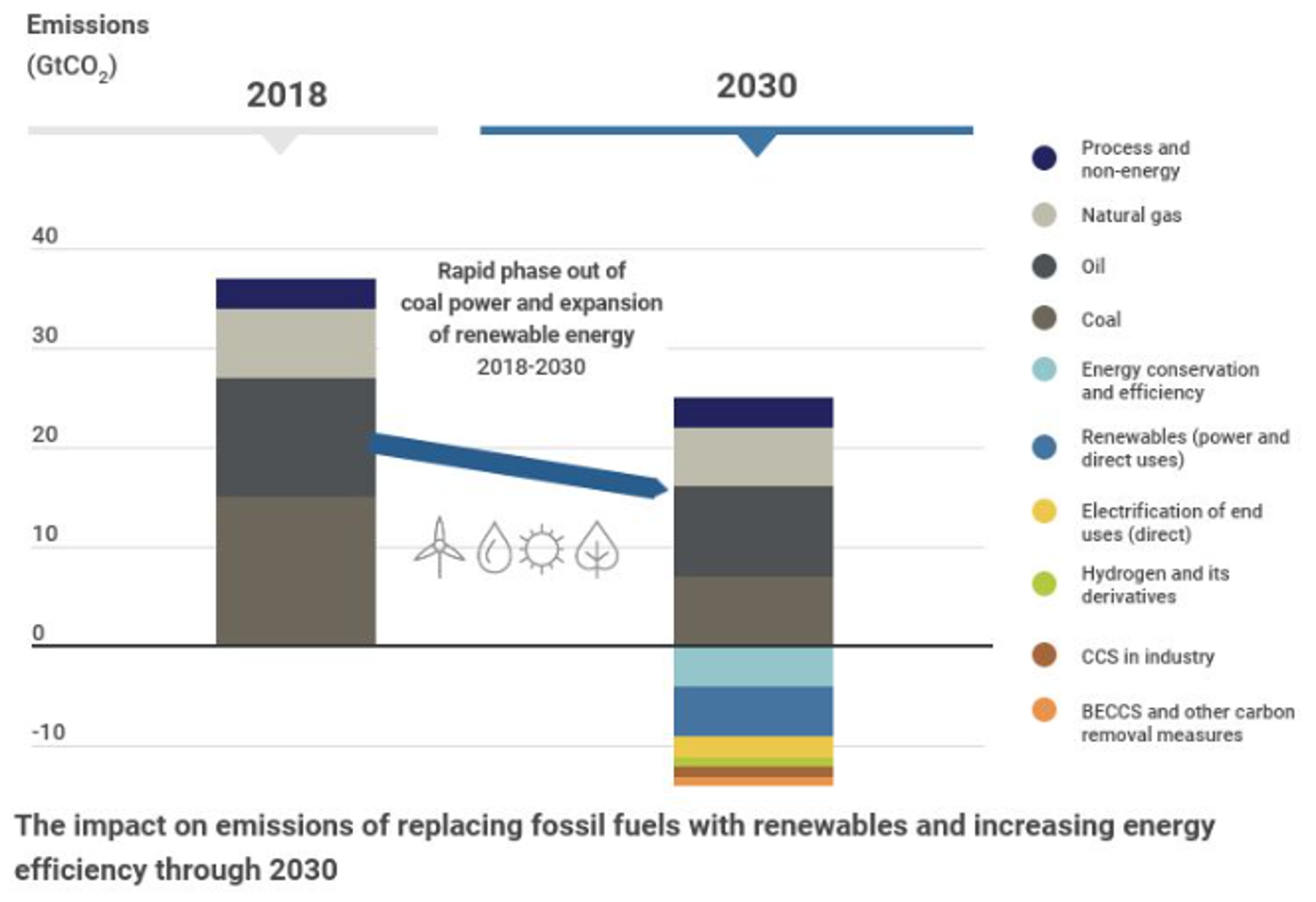International Renewable Energy Agency (IRENA)
Description
The International Renewable Energy Agency (IRENA) is a prominent intergovernmental organization on a global scale that focuses on energy transformation. It functions as a primary platform for international collaboration, assisting nations in their efforts to transition to sustainable energy sources. Additionally, IRENA offers comprehensive data and analyses pertaining to technology, innovation, policy, finance, and investment in the field of renewable energy.
IRENA is committed to promoting the extensive implementation and environmentally responsible utilization of various renewable energy sources, such as bioenergy, geothermal, hydropower, ocean, solar, and wind energy. This commitment is driven by the objective of achieving sustainable development, ensuring access to energy, and enhancing energy security. The ultimate goal is to foster economic and social resilience, prosperity, and a future that is resilient to climate change impacts. IRENA maintains a distinct and autonomous stance while offering a diverse array of dependable and easily available services. These services revolve around a single hub, which serves as a repository for existing operations and information.
The membership of IRENA consists of 167 nations and the European Union. Collectively, they reach a consensus on the strategic trajectory and programmatic initiatives of the Agency, aligning them with the prevailing global energy discourse and goals aimed at expediting the implementation of renewable energy transitions on a global scale.

Gallery

Classifications
Scale of implementation
IRENA’s data and resources can be used for assessing renewable energy potential in various countries and regions around the world. It caters to both individual users and organizations, including policymakers, researchers, businesses, and investors.
Type
IRENA maintains a website as part of its communication and information dissemination efforts.
Phase of solution
IRENA’s information and data can be used anytime. It provides information and insights to inform decision-making and policy development. It supports users in evaluating the renewable energy potential of specific locations, identifying suitable technologies, market opportunities, and facilitating informed decision-making during the early stages of project development.
Target audience
IRENA caters to a diverse range of stakeholders including individuals, homes, corporations, energy consultants, engineers, project developers, and legislators that possess an interest in the field of renewable energy.
Key features-functionality
The key features and functionality of IRENA include:
- Country engagement: working in partnership with member countries is fundamental to overcoming the energy challenges presented by climate change and meeting the objectives of the Paris Agreement.
- Global outlook: IRENA’s World energy transitions outlook charts an evolving pathway to achieving a climate-safe future in line with the goals of the Paris Agreement. Its 1.5°C pathway offers a roadmap for accelerating the global energy transition by positioning electrification and efficiency as key drivers of change, backed by renewables, hydrogen and sustainable biomass.
- Innovation: A sustainable energy system is only achievable by taking full advantage of the best innovations in energy products and services across the sectors that use them. IRENA closely monitors the development of energy technologies, develops a fuller understanding of the opportunities they offer, and works with partners to disseminate them widely.
- Long-term energy planning: While most countries employ well-established approaches towards energy planning, the energy transition is creating a need to re-assess many aspects of planning methodology. Member countries benefit from IRENA’s support to improve their long-term energy planning, with a focus on renewable energy.
- Data Visualization and Analysis: IRENA provides interactive data visualization that allow users to use charts, graphs, maps, and other visual representations of statistical data. These tools facilitate data analysis and enhance the understanding of complex information.
